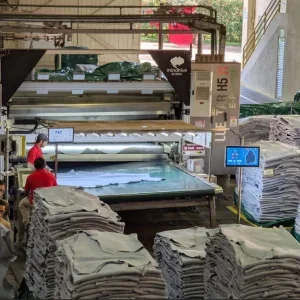A confluence of natural disasters and bureaucratic mismanagement has created an environment to plunge Pakistan’s leather industry into a deficit despite strong domestic demand and over 11% growth in the leather industry in 2014 so far.
Due to a large livestock death toll from recent floods, held-up customs duty and sales tax refunds, patchy power supplies and predicted winter gas shortages, domestic leather is likely to suffer.
To add to the difficulties, international demand is also suffering if a 10% year-on-year decline in exports of leather and leather goods during July and August is any indication.
"Much depends now on whether we can get sufficient supply of animals’ hides and skins during Eid-ul-Azha at right prices," said a Karachi-based exporter to Dawn, Pakistan’s top English-language newspaper, in regard to the Feast of the Sacrifice on 4 October where there is a pronounced spike in hide production with about six million animals slaughtered. But the prices of animal hides and skins from this Eid-ul-Azha would increase, putting more pressure on the leather industry.
On the other hand, the overall quality of exported tanned leather has improved markedly over recent years, which has enabled the per-unit price to go up. Exports of finished leather or processed hides and skins of animals have also declined, yet local demand for leather has been increasing.






